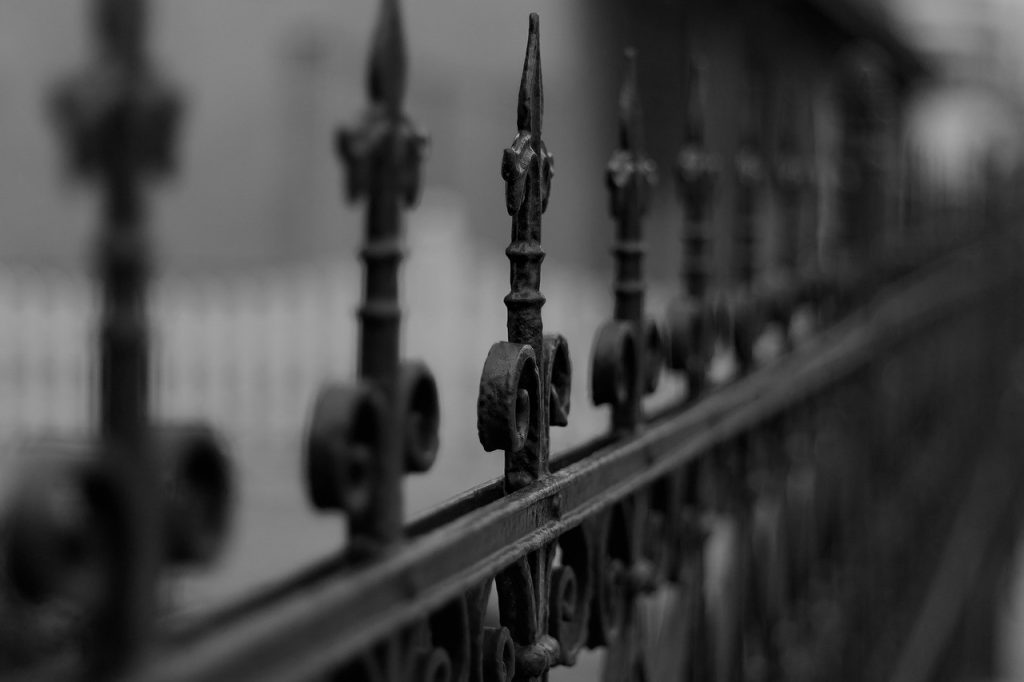
Choosing the right fencing for your business or residential property is an important decision that impacts not only the aesthetics of your place but also its security, privacy, and value. With various materials, styles, and regulations to consider, the process can seem daunting. Here, we answer your main questions to help you make an informed – and better – decision.
What Are the Main Types of Fencing Materials?
There are several common fencing materials, each with its own advantages and disadvantages:
- Wood: Classic and versatile, wood fencing is popular for its natural look, as confirmed by experienced fencing contractors Leicester such as RTC. It can be customized with different paints and stains but requires regular maintenance to prevent rot and insect damage.
- Vinyl: This material is durable, low-maintenance, and available in various styles. Vinyl fencing is resistant to weather and pests, making it a long-lasting option, though it can be more expensive upfront.
- Metal: Options include aluminum, steel, and wrought iron. Metal fences are strong and offer excellent security. Aluminum is rust-resistant, while steel and wrought iron provide a more traditional look but may require regular maintenance to prevent rust.
- Composite: Made from recycled wood fibers and plastic, composite fencing mimics the appearance of wood but requires less maintenance. It’s eco-friendly and durable, though it can be pricier than other materials.
- Chain Link: While not the most attractive, chain link fencing is cost-effective and durable. It’s often used for security purposes and is easy to install.
How Do I Choose Fencing for My Needs?
Consider the following factors when selecting your fence:
- Purpose: Determine the primary function of your fence. Is it for privacy, security, aesthetics, or pet containment? Your main purpose will guide the choice of material and style.
- Budget: Different materials have varying costs. Factor in the initial installation expense and long-term maintenance costs.
- Maintenance: Some materials require more upkeep than others. Decide how much time and effort you will invest in maintaining your fence.
- Climate: Your local climate can influence the durability of your fence. For instance, wood may not fare well in humid or termite-prone areas, while metal fences might rust in coastal regions.
- Local Regulations: Check with your local municipality or homeowner’s association for any restrictions or guidelines on fencing materials, height, and placement.
What Styles of Fencing Are Available?
Fencing styles are as varied as the materials used. Here are some popular options:
- Picket Fence: Known for its classic, charming appearance, a picket fence is typically made of wood or vinyl and is used more for decoration and boundary marking than privacy or security.
- Privacy Fence: Often constructed from wood, vinyl, or composite, privacy fences are tall and solid, offering complete privacy and noise reduction.
- Ranch Rail Fence: This style, also called split rail or post-and-rail, is common in rural areas. It’s primarily used for marking boundaries and containing livestock.
- Ornamental Fence: Typically made of metal, ornamental fences add a decorative touch while providing security. They often feature intricate designs and are used in upscale residential areas.
- Lattice Fence: Featuring a crisscross pattern, lattice fences offer partial privacy and can support climbing plants, making them a good choice for gardens.




